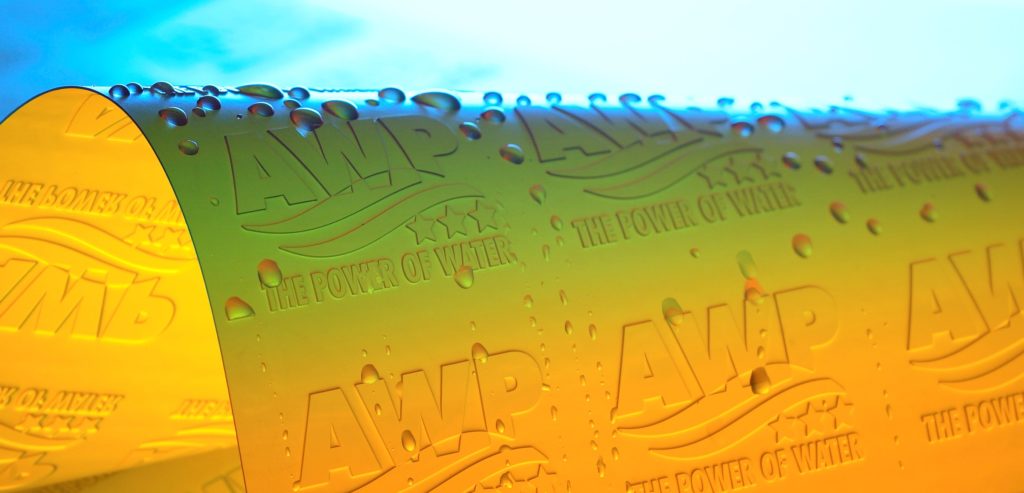PACKAGING artwork, reprographics, plate and screen producer Creation has challenged the packaging sector to ‘rethink the norms’ of flexographic printing by cutting VOC washout from the process.
The firm stated that with ethanol ‘increasingly diverted’ into sanitisation applications, Covid-19 shortages are driving a ‘significant cost increase’ in both inks and solvent plates.
Creation revealed it has responded to calls for cost reductions with a portfolio of solvent-free plates, including the Asahi CleanPrint AWP water-washable plate and DuPont Cyrel Fast Easy EFE thermal plate.
Matt Francklow, MD at Creation said, “As an industry, we’re operating in exceptional circumstances. Covid-19 has fundamentally changed consumer buying habits and business operations, which puts more pressure on the packaging industry than ever before. As essential workers, we’re collectively demonstrating how fundamental we are as a sector. The last thing printers and converters need is the rising solvent costs that we’re seeing impact the market.
“We’ve never been afraid to pioneer solutions and sustainable working has been on our agenda for a long time. By offering solvent-free plate solutions, we’re showing the flexo industry an alternative way of working that doesn’t compromise on quality – quite the opposite in fact. Boosting quality and reducing overheads are not mutually exclusive; you can have them both. The best time for converters to invest in solvent-free plate technology was yesterday. The second-best time is now.”
Dieter Niederstadt, technical marketing manager at Asahi Photoproducts Europe added, “Packaging suppliers, printers and converters are seeing significant alcohol price increases, in some cases doubling. Considering that traditional flexography uses an average of 15 litres of solvent in washout per square meter at a relief depth of 1mm, and you realise we’re using three litres of alcohol per plate. It increases the cost by a staggering €3 per square metre of plate. That’s very challenging at the best of times, let alone under today’s pressure – and printers are feeling the effects on the bottom line.”














